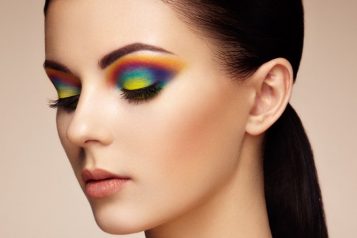 Photo Credit: ShutterstockIt is said that your hair can take you from an eight to a ten, and with so many potential styles, your hair gives you the freedom to explore and physically express your identity. No matter which style you choose, we tend to look our best when we feel it, but as we age, it can be difficult to remain confident in our changing hair. We all desire the strong and thick hair of our youth, but by the age of thirty-five, significant hair thinning and hair loss will affect 35% of all men. Unfortunately, by the age of fifty, 85% of men will be afflicted, and women too cannot escape the often predisposed foes of their follicular fate. With such a large percentage of the population affected there is a booming market that provides many seemingly miraculous fixes, but how can we determine which are verified restoration treatments and techniques, versus mere profit ploys? Whether it be a supplement, a surgery, or an over-the-counter medication, the secret to finding an effective hair restoration technique is personalization; read on to find out the best-suited hair restoration treatment plan for you.
Photo Credit: ShutterstockIt is said that your hair can take you from an eight to a ten, and with so many potential styles, your hair gives you the freedom to explore and physically express your identity. No matter which style you choose, we tend to look our best when we feel it, but as we age, it can be difficult to remain confident in our changing hair. We all desire the strong and thick hair of our youth, but by the age of thirty-five, significant hair thinning and hair loss will affect 35% of all men. Unfortunately, by the age of fifty, 85% of men will be afflicted, and women too cannot escape the often predisposed foes of their follicular fate. With such a large percentage of the population affected there is a booming market that provides many seemingly miraculous fixes, but how can we determine which are verified restoration treatments and techniques, versus mere profit ploys? Whether it be a supplement, a surgery, or an over-the-counter medication, the secret to finding an effective hair restoration technique is personalization; read on to find out the best-suited hair restoration treatment plan for you.
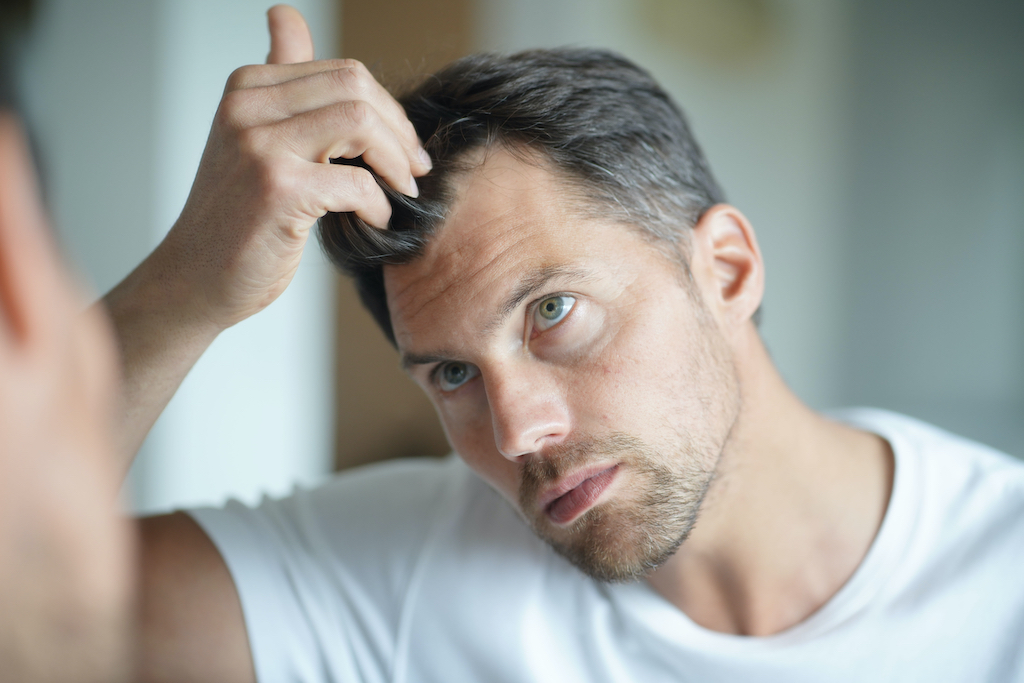 Photo Credit: Shutterstock1. Androgen-Dependent Medications
Photo Credit: Shutterstock1. Androgen-Dependent Medications
When it comes to non-surgical hair loss remedies, androgen-dependent and androgen-independent hair loss medications are effective and often quickly discovered. Androgen-dependent hair loss medications work to ameliorate male pattern balding by blocking hormone conversions of testosterone that lead to scalp baldness. Because these androgen-dependent medications work by changing certain male dominant hormone conversion patterns, they are only suitable and effective for the use of men in the earlier stages of hair loss or even men who suffer from alopecia. Under these circumstances, men can see wonderful and lasting hair restoration and regrowth results as early as three months after the start of use. A common brand of androgen-dependent medication for hair loss includes Finasteride.
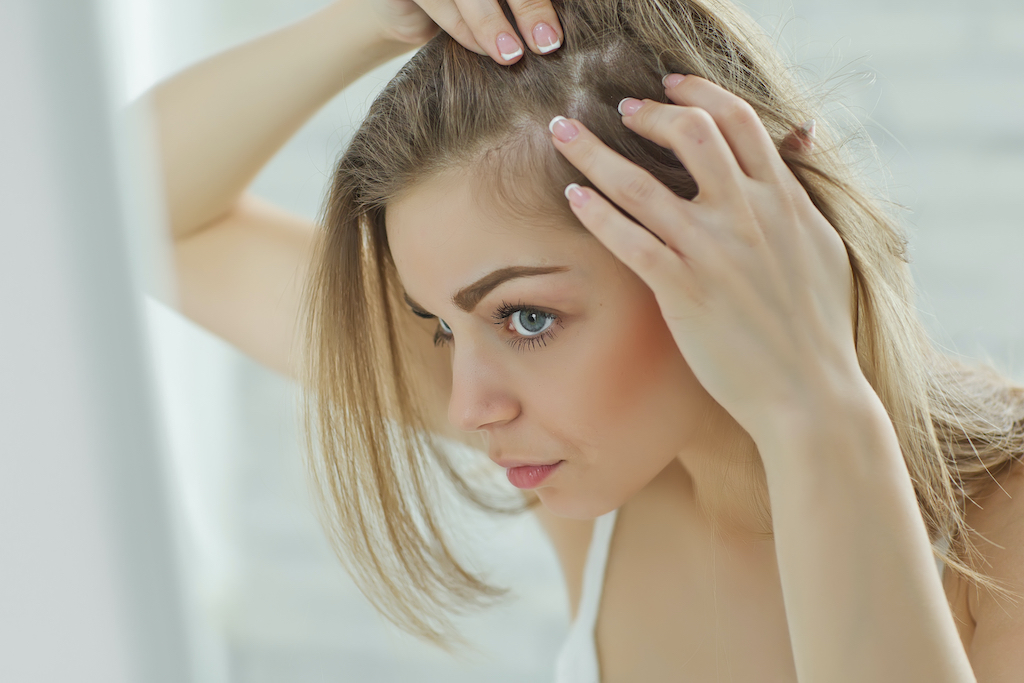 Photo Credit: Shutterstock2. Androgen-Independent Medications
Photo Credit: Shutterstock2. Androgen-Independent Medications
Though it has been established that men suffer from hair loss more commonly than women, almost half of all hair thinning and loss concerns do come from women. For women who face hair thickness-related issues, an androgen-independent medication, namely Minoxidil, can be the simple and effective combative answer. Of course, Minoxidil works to combat premature hair loss in men as well, but contrary to androgen-dependent medications, Minoxidil can be used by women. Minoxidil works to stimulate hair growth since it is a vasodilator that allows for blood vessels to increase in size and carry greater quantities of oxygen-saturated blood in order to reach the hair follicles, therefore, regrowing thicker and stronger hair. Both androgen-independent and androgen-dependent medications alike are effective and available non-surgical treatments for mild hair loss.
 Photo Credit: Shutterstock3. Hair Growth Supplements
Photo Credit: Shutterstock3. Hair Growth Supplements
Hair growth supplements are frequently advertised but unfortunately sometimes don’t yield expected or desired results, this is likely due to the fact that many individuals who rely on the wondrous power of hair regenerative supplements are not a part of the correct demographic. Hair growth supplements can have fantastic benefits for those who are genetically predisposed to hair loss, yet have not quite begun the process of losing or thinning out their hair. In essence, hair growth supplements can be effective as a preventative measure for both men and women who are likely to experience hereditary hair loss at any level. Supplements can be in the form of a shampoo or can be taken orally, and tend to also have positive effects for individuals who suffer from alopecia, but can vary in effectiveness depending on the type of alopecia one has.
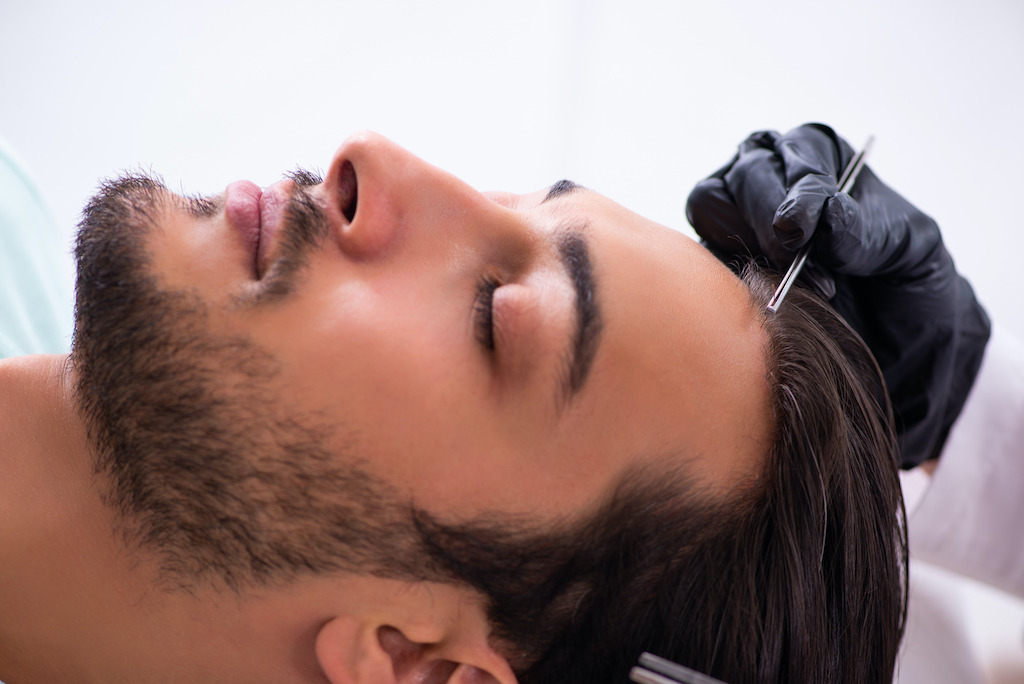 Photo Credit: Shutterstock4. Follicular Unit Transplant (FUT Surgical Restoration)
Photo Credit: Shutterstock4. Follicular Unit Transplant (FUT Surgical Restoration)
The follicular unit transplant technique has been around for many years now and is a trusted option in order to prompt hair regeneration in a patient. Effective for both men and women, the follicular unit transplant technique takes hair follicles present in a strip of skin from the back of the scalp and reintroduces and integrates them in a less full area of hair on the scalp. This technique can be used in order to treat more severe hair loss, as it is surgical, in contrast to the aforementioned options, but patients should be prepared to be left with a scar on the back of the scalp at the donor site of the transplant. This option is very appealing to many patients who deal with hair loss that is further along in the process, and because it yields natural-looking, great results as the patient is donating and subsequently transplanting their own natural hair follicles.
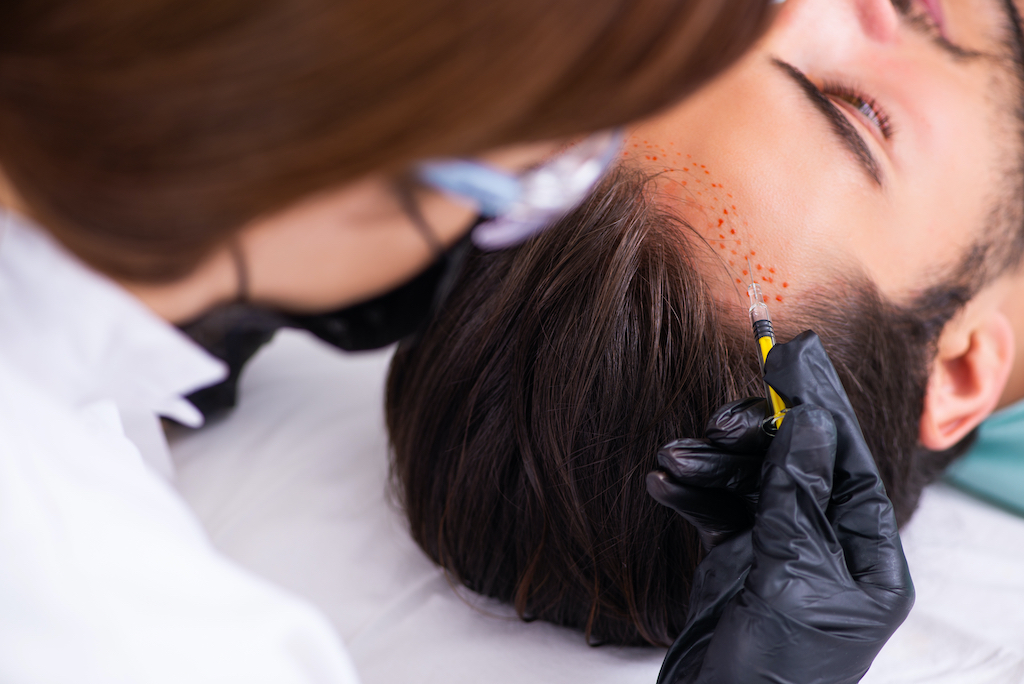 Photo Credit: Shutterstock5. Follicular Unit Extraction (FUE Surgical Restoration) And NeoGrafting
Photo Credit: Shutterstock5. Follicular Unit Extraction (FUE Surgical Restoration) And NeoGrafting
The follicular unit extraction method and NeoGrafting may be the most sought-after hair restoration techniques of all. The follicular unit extraction surgical procedure tends to work wonderfully in order to ameliorate both mild and severe hair loss, and the treatment was born out of the intention to perfect the previously covered FUT hair transplant technique. The follicular unit extraction method individually removes and transfers hair from the back of the scalp to the more sparse area rather than making an incision in the skin at all. This eliminates the concern of scarring that is present for patients of the follicular unit transplant procedure. Recent advancements to the FUE surgical restoration method have yielded the NeoGrafting technique which serves to create a more minimally invasive procedure overall, cuts down procedure time, minimizes pain and downtime, and most beneficially, increases the speed at which the transplanted hair follicles are accepted and regenerated when compared with traditional FUE.
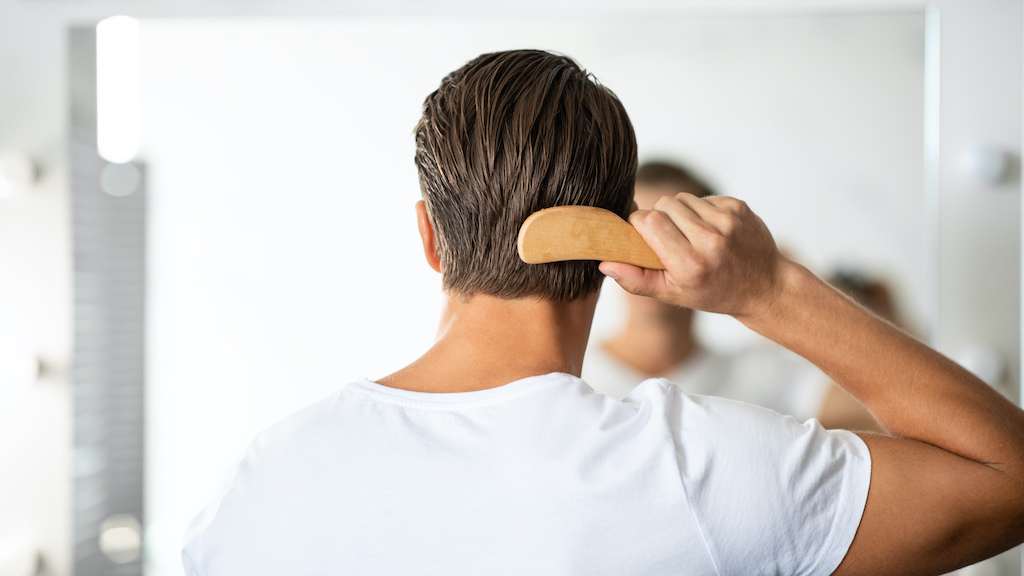 Photo Credit: ShutterstockAll of the above treatments and techniques can ultimately help you to achieve the full and natural looking head of hair you once had, but in order to restore both your hair and your confidence entirely, it is important to take the steps to personalize your hair restoration treatment plan to serve your individual concerns, situation, and desires.
Photo Credit: ShutterstockAll of the above treatments and techniques can ultimately help you to achieve the full and natural looking head of hair you once had, but in order to restore both your hair and your confidence entirely, it is important to take the steps to personalize your hair restoration treatment plan to serve your individual concerns, situation, and desires.
For more information, visit Dr. Brian A. Levine's social media:









